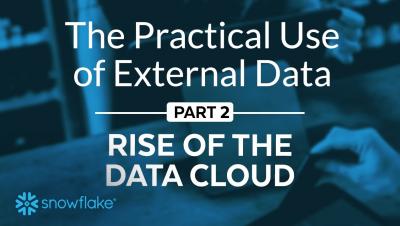Systems | Development | Analytics | API | Testing
%term
Building a unit testing suite with XCTest, Swift, and Bitrise
For example, let’s say that an app that we’re working on supports multiple themes, and that we’re keeping track of the user’s currently selected theme (and other user-configurable settings) through a SettingsController — which in turn uses Foundation’s UserDefaults API to persist those settings, like this.
How Long Should You Hang Onto Your Data?
One of the most common questions that businesses operating under GDPR, LGPD or other similar data regulations have is how long should you keep data? As answers to this question typically seem to vary widely to clear up confusion, we’ve gathered insights from business leaders & specialists across a variety of industries to try and answer this question and shed light on what are reasonable timeframes to keep hold of data, whether that may be financial, employee or other potentially sensitive data.
3 Ways to Send Emails with Ruby
For many developers, Ruby on Rails framework not only allows them to build web applications, websites, and efficient database solutions, but it can help them optimize mailing operations. You can easily use Ruby on Rails mailer, an automatic tool to build transactional messages of any kind, and make proper authentication. In this article, we review three main ways to work with email sending in RoR, which include some Ruby gems, the Net::SMTP class, and the facilities of the Socket system.
Cloudera acquires Eventador to accelerate Stream Processing in Public & Hybrid Clouds
We are thrilled to announce that Cloudera has acquired Eventador, a provider of cloud-native services for enterprise-grade stream processing. Eventador, based in Austin, TX, was founded by Erik Beebe and Kenny Gorman in 2016 to address a fundamental business problem – make it simpler to build streaming applications built on real-time data. This typically involved a lot of coding with Java, Scala or similar technologies.











